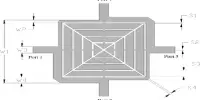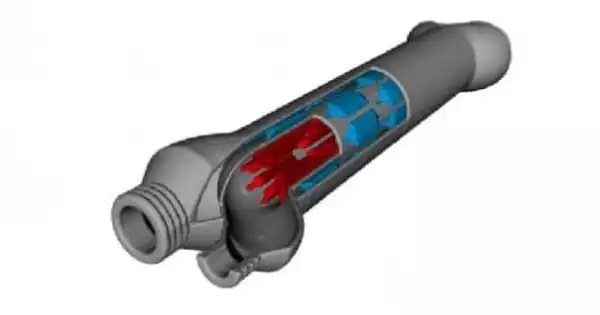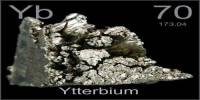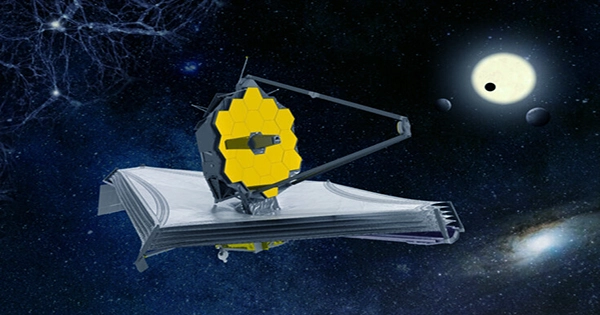Antia Botana, a professor of physics at Arizona State University, claims that the research of superconductivity is full of setbacks, dead ends, and coincidental discoveries.
“As theorists, we generally fail in predicting new superconductors,” she said.
The pinnacle of her early career, though, occurred in 2021. She discovered the quintuple-layer nickelate while working with Harvard University experimentalist Julia Mundy. In September 2021, they published their findings in Nature Materials.
“It was one of the best moments of my life,” Botana recalled. “I was flying back from Spain, and I received a message from my collaborator Julia Mundy during my layover. When I saw the resistivity drop to zero there’s nothing better than that.”
Botana was chosen as a 2022 Sloan Research Fellow. Her research is supported by a CAREER award from the National Science Foundation (NSF).
“Prof. Botana is one of the most influential theorists in the field of unconventional superconductivity, particularly in layered nickelates that have received tremendous attention from the materials and condensed matter physics communities,” said Serdar Ogut, Program Director in the Division of Materials Research at the National Science Foundation.
“I expect that her pioneering theoretical studies, in collaboration with leading experimentalists in the US, will continue to push the boundaries, result in the discovery of new superconducting materials, and uncover fundamental mechanisms that could one day pave the way to room temperature superconductivity.”
When electrons move in pairs as opposed to alone, a phenomenon known as superconductivity happens. This repels all magnets and enables electrons to move without wasting energy.
The creation of superconductors at room temperature would enable quicker, less expensive quantum computers and lossless power transmission. Condensed matter theory is the field that studies these materials.
“We try to understand what are called quantum materials where everything classical that we learned in our undergraduate studies falls apart and no one understands why they do the fun things they do,” Botana joked.
Your phone or computer would not be possible without research in condensed matter physics from the screen, to the battery, to the little camera. It’s important for the public to understand that even if it’s fundamental research, and even if the researchers don’t know how it will be used later, this type of research in materials is critical.
Professor Antia Botana
She started looking at nickelates primarily to learn more about cuprates, which are copper-oxide-based superconductors that were first identified in 1986. The process that results in superconductivity in these materials is still highly debated thirty years later. Botana approaches the issue by examining substances that resemble cuprates.
“Copper and nickel are right next to each other on the periodic table,” she said. “This was an obvious thing to do, so people had been looking at nickelates for a long time without success.”
However, in 2019, a Stanford team found superconductivity in a nickelate that had been chemically changed or “doped” in order to improve its electrical properties.
“The material that they found in 2019 is part of a larger family, which is what we want, because it lets us do comparisons to cuprates in a better way,” she said.
On top of that, Botana’s discovery in 2021 used an undoped nickelate with a distinct, square-planar, layered structure. On the basis of intuition, she chose to research this particular type of nickelate, a rare-earth, quintuple-layer, square-planar nickelate.
“Having played with many different materials for years, it’s the type of intuition that people who study electronic structure develop,” she said. “I have seen that over the years with my mentors.”
Researchers can examine the similarities and differences between various nickelates and between nickelates and cuprates by identifying another type of superconducting nickelate. As of now, nickelates appear to be more like cuprates as more research is done on them.
“The phase diagram seems quite similar. The electron pairing mechanism seems to be the same,” Botana says, “but this is a question yet to be settled.”
S-wave pairing occurs in conventional superconductors; because electrons can pair in any direction and can sit on top of one another, the wave is spherical. Nickelates, on the other hand, most likely exhibit d-wave pairing, which denotes that the paired electrons’ cloudlike quantum wave has the shape of a four-leaf clover.
The degree to which oxygen and transition metals overlap in these materials is another significant distinction. Cuprates display a significant “super-exchange,” in which copper atoms are exchanged indirectly through a channel containing oxygen.
“We think that may be one of the factors that governs superconductivity and causes the lower critical temperature of the nickelates,” she said. “We can look for ways of optimizing that characteristic.”
Botana and colleagues Kwan-Woo Lee, Michael R. Norman, Victor Pardo, Warren E. Pickett described some of these differences in a review article for Frontiers in Physics in February 2022.
Searching for Root Causes of Superconductivity
In a paper published in March 2022 in Physical Review X, Botana and associates from the Argonne National Laboratory and Brookhaven National Laboratory investigated the impact of oxygen states in the low-valence nickelate, La4Ni3O8. They compared the substance to a prototype cuprate with a comparable electron filling using theoretical and experimental techniques.
Being able to directly quantify the energy of the Nickel-Oxygen hybridized states made the research special. They discovered that nickelates still had a substantial capacity for superexchange while requiring more energy to transfer charges.
They come to the conclusion that in order to properly understand the features of nickelates, charge-transfer mechanisms as well as “Coulomb interactions” (the attraction or repulsion of particles or objects according to their electric charge) must be taken into account.
Botana’s research on quantum events takes place at the tiniest known scales and can only be indirectly examined through physical investigation (as in the Physical Review X paper). Botana makes predictions, assists in the interpretation of tests, and determines the behavior and dynamics of materials like infinite-layer nickelate using computational simulations.
Both the more recent, more accurate offshoot known as dynamical mean-field theory, which can handle strongly correlated electrons, and density functional theory, or DFT, are used in her research to solve the Schrödinger equation computationally, which describes the wave function of a quantum-mechanical system.
Botana employs equipment at Arizona State University as well as the Stampede2 supercomputer at the Texas Advanced Computing Center (TACC), the second-fastest at a university in the United States, to carry out her study. Studying quantum materials is not an easy task, not even on the world’s fastest supercomputers.
“If I see a problem with too many atoms, I say, ‘I can’t study that,’” Botana said. “Twenty years ago, a few atoms might have looked like too much.”
However, more potent supercomputers are making it possible for physicists to investigate bigger, more complex systems like nickelates and add methods like dynamical mean-field theory that can better capture quantum behavior.
“Despite living in a Golden Age of Discovery, the field of condensed matter physics still doesn’t have the reputation it deserves,” Botana says.
“Your phone or computer would not be possible without research in condensed matter physics from the screen, to the battery, to the little camera. It’s important for the public to understand that even if it’s fundamental research, and even if the researchers don’t know how it will be used later, this type of research in materials is critical.”
















